DIY Without the Stress: How to Prep Like a Pro and Avoid Overwhelm
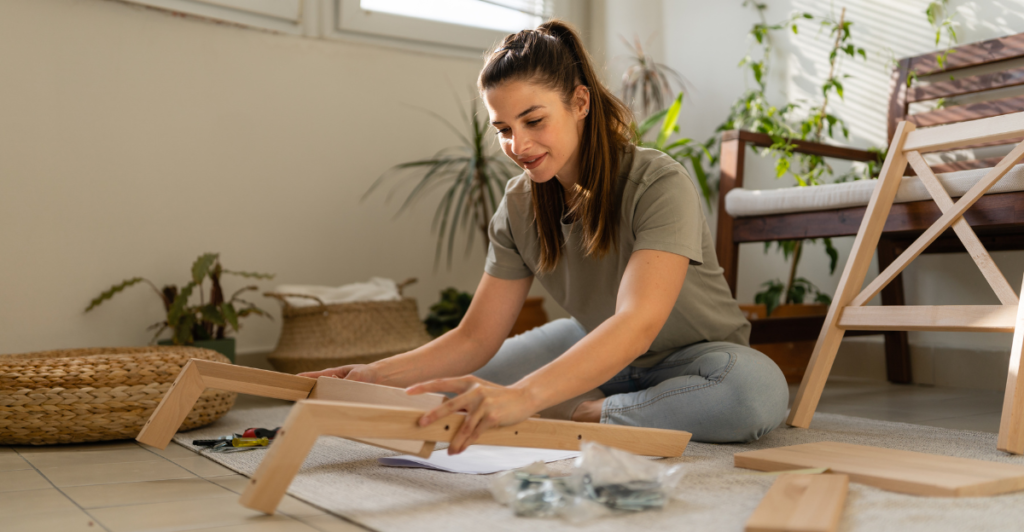
Embarking on a DIY project is both a thrilling and daunting experience. The excitement of doing something yourself is almost immediately followed by feelings of worry over potential mistakes, stress about how long it will take, and a sense of being completely overwhelmed by being stuck with a gigantic task. However, if you’re properly prepared and equipped with a game plan, you can get through your DIY projects with more confidence and efficiency, helping to reduce those nasty feelings of stress and overwhelm and making your DIY experience more enjoyable. Here are ten tips to get you ready like a pro.
1. Define Project Objectives
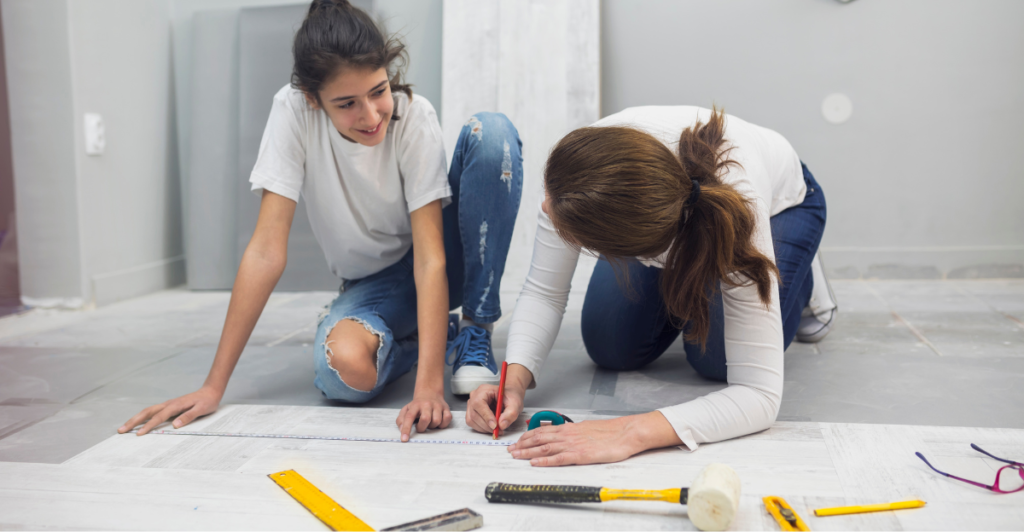
Before starting any DIY project, it is important to define your objectives. You can begin by stating clearly what you want to do and listing all the items you need to complete it. A well-defined objective might sound something like “repainting the kitchen cabinets and replacing the handles.” This statement provides a good direction for your project and makes planning easier.
2. Assess Your Skills

To properly prepare for a DIY project, you need to be completely transparent about your abilities. Therefore, you need to be honest about your skill levels and any possible weaknesses. If a project demands skills that you know you don’t have, consider starting with less complicated projects that are more in line with your current skills and start to develop confidence and experience before tackling more challenging projects.
3. Conduct Thorough Research
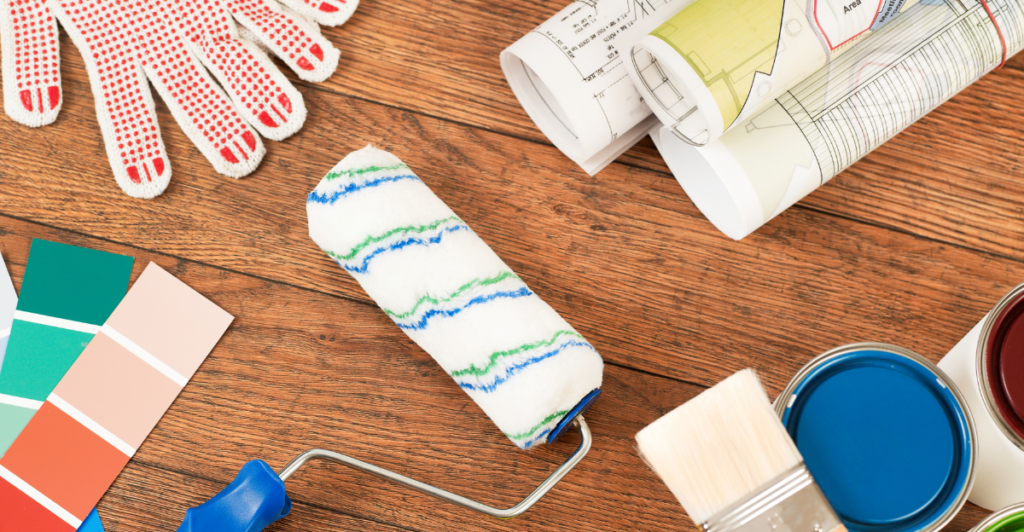
It is important to spend some time researching the project to get a better understanding of the overall undertaking. Therefore, make the effort to read up on tutorials, guides, and expert opinions to get a variety of ideas and techniques. This broader insight will help you to anticipate issues and execute the project more effectively.
4. Make a Detailed Plan

After identifying your project’s objectives, establishing your skill set, and learning more about the task at hand, you need to begin planning your project step-by-step. Map out each step in the project, making sure to include any materials and tools needed. By writing out a detailed plan, you can create a blueprint that will keep you on track and reduce the likelihood of leaving out important steps or making mistakes.
5. Set a Realistic Budget
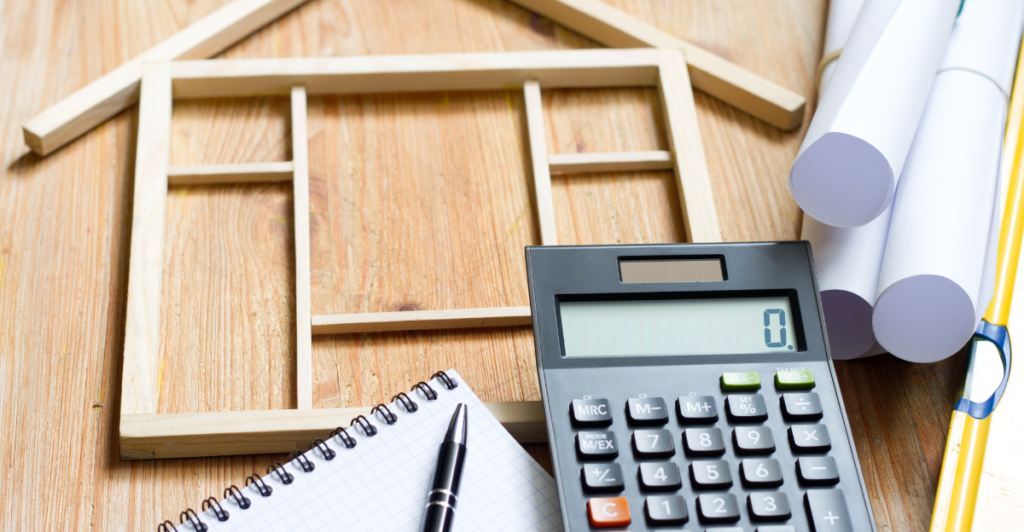
DIY projects can sometimes harbor secret costs. Your research efforts should tell you what you need for the project, but part of the planning process is to find out how much the required materials and tools will cost (assuming you don’t already have them). This additional but important research will help you set aside additional funds for unforeseen costs and provide a financial cushion that reduces stress in the event of surprises.
6. Allow Enough Time
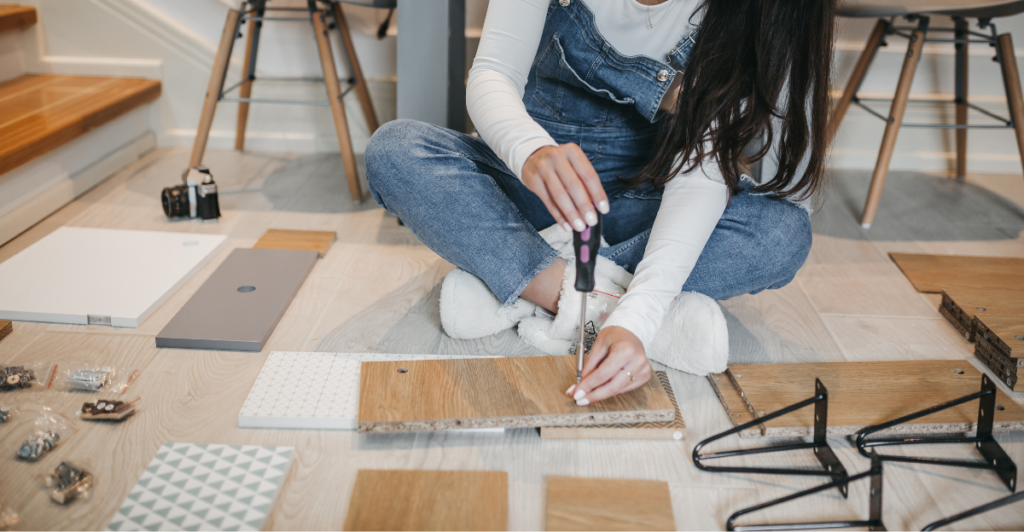
Most DIY projects take time, often taking longer than initially anticipated, and therefore need a certain level of patience. Consider breaking the project into smaller tasks with individual deadlines and be generous with your time estimates to allow for potential delays. Hurdles are an inherent part of the DIY experience, so allowing for change and adjustment will make you feel less stressed and more prepared in the long run.
7. Prepare Your Workspace
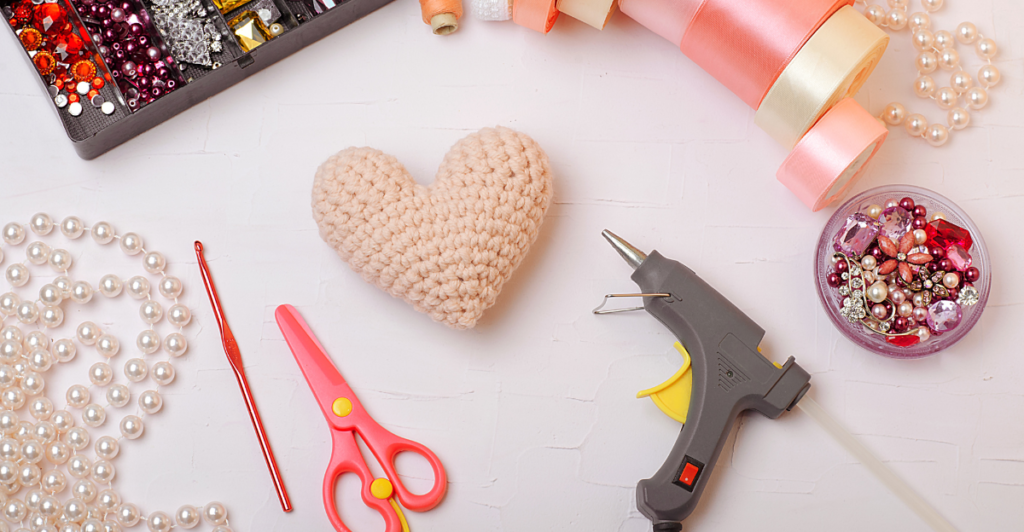
An important part of any DIY project, as you can probably already tell, is preparation and organization. An orderly, uncluttered workspace can be vital to an efficiently run and successful project. It also means you can create a safer environment for yourself when working. When organizing your workspace, give yourself ample light and space to work comfortably, and keep your materials and tools organized.
8. Prioritize Safety Precautions

Speaking of creating a safe environment in which to work, you need to research what protective gear you might need to complete your project. When working, be sure to wear the appropriate safety apparel, such as gloves, goggles, and masks. Additionally, you will need to learn how to properly use tools to prevent accidents. This is relatively easy to do with all the tutorials and guidelines found online.
9. Celebrate Small Successes

By now, we know that a DIY project’s success lies in its preparation. However, given that some projects, such as renovations, larger-scale crafts, and refurbishments, take more time, it is important to celebrate small wins. You can do this by recognizing and appreciating each milestone you reach. Celebrating success, no matter how minor boosts morale and keeps you moving forward during the project.
Sources
Feeling Overwhelmed During a DIY Project? Here’s What Experts Recommend
7 Things You Need to Know Before You DIY


